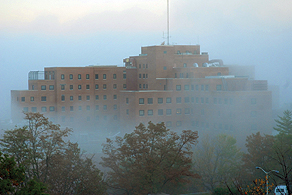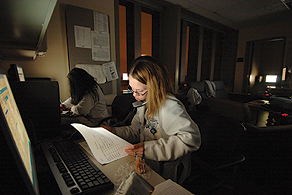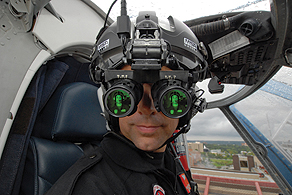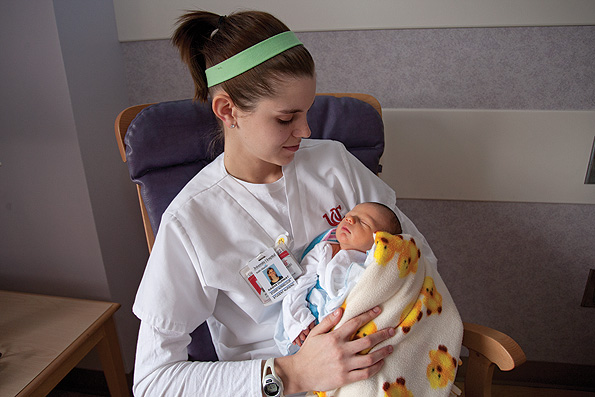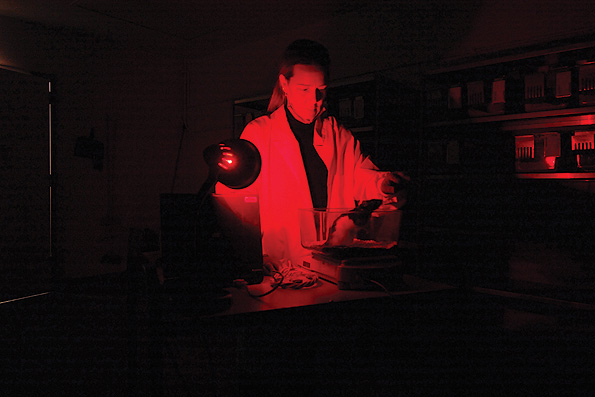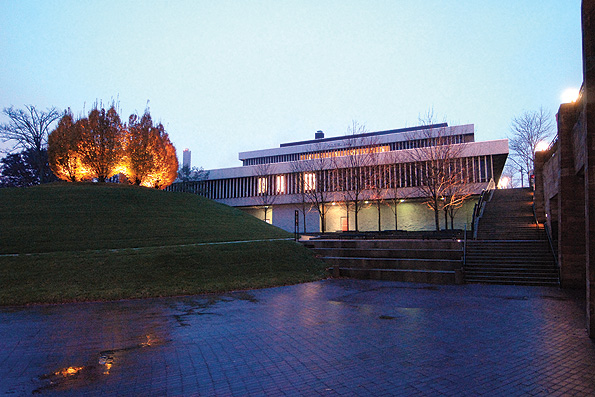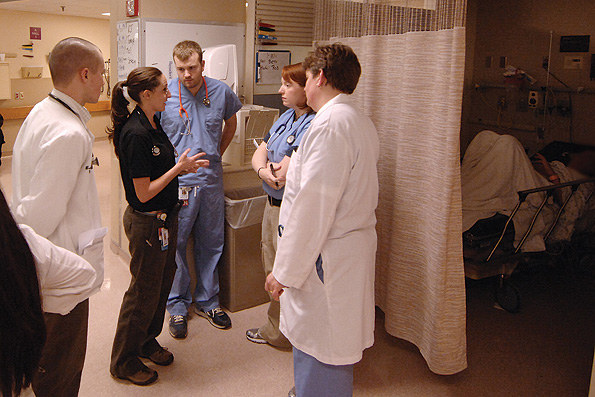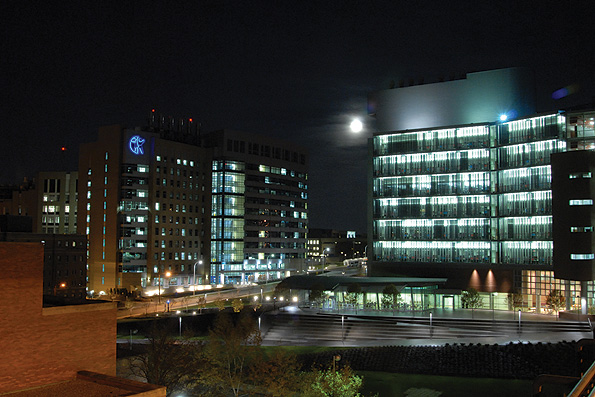Medical campus always on call
by Dama Ewbank
If you have ever been truly sick, you know that it did not come on your time or your terms. You can’t pencil in the flu. That is why UC’s Medical Campus is always open. Even snowstorms that bring the city to a halt are no match for the essential functions of the university’s four health colleges and UC Health’s hospitals.
But it’s not just the clinical and education missions of the medical campus that require 24/7 attention. Research is a $443 million enterprise at UC, and many projects require constant care and monitoring — some, even a little ingenuity to work around the schedules of all-important research subjects.
Students, researchers, patients and clinicians keep things moving at all times of day and night, studying, discovering, caring or needing care. The UC Medical Campus is always on call.
MOUSE OVER IMAGES FOR CAPTIONS
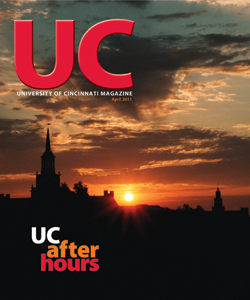
 Past Issues
Past Issues
